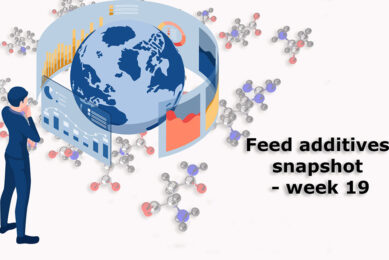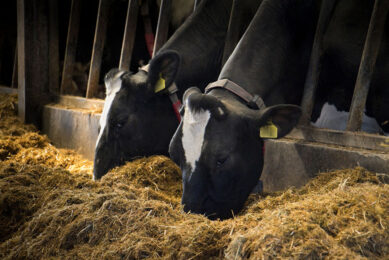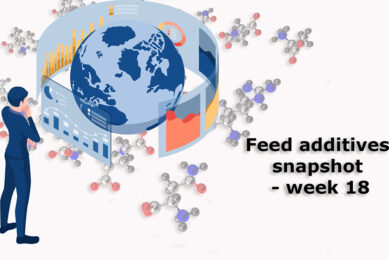High grain prices: what now?
Feed costs have always been a dominant portion of the cost of producing animal products across the world. The unprecedented rise in most raw material prices of all ingredients (following maize commodity prices closely) over the last 2 years has stimulated much interest in feed management and measures of the economic efficiency of feed use on farms.
The biofuel industry has brought everybody, irrespective of crop failure or whether one’s producing biofuel, consistent high priced grain. Little hope exists for significant price reductions if the current USA biofuel policy and production levels will remain in place. Therefore producers must not wait for policy changes but learn to deal with continuous changes in landscapes that we got used to within the agricultural environment in which we operate. Profitability certainly will be severely impacted, but the fact that we may have permanently entered a new era of high feed prices should be sufficient by itself to justify a critical evaluation of one’s entire feeding and management program.
Important strategies that could be followed to counteract high grain and feed costs include:
- Growing on farm cost-effective feeds such as maize silage and selecting high yielding, high quality hybrids and varieties,
- Preserving the value of crops during harvesting and storage,
- Application of value added processing methods to improve nutritional value of commercial ingredients,
- Knowing the true value of real time ingredients and understanding the real value of nutrients,
- Effective substitution of expensive grains to still achieve optimal performance,
- Targeting optimal feed efficiency (maximum is good target) from properly balanced diets through measuring what is actually fed and how much is actually produced,
- Ensuring economic competitiveness of feeding programmes by calculating income-over-feed costs and comparing it against official industry norms,
- Purchasing the right feeds all the time by periodically assessing the true economical value of the current feeds being purchased,
- Comparing economics of home mixing (or partial home mixing) versus outright purchasing of complete concentrates.
The recent high prices of grain did demand the re-examination of the diets we feed to animals and the ingredients we use in such diets. Farmers across the world are asking for alternative feeding strategies and substituting grain for other feeds to lower feed costs. Grain prices will continue to remain high as global ethanol production uses grain (especially maize) as a fuel source. The challenge for future grain uses will therefore be the role it will continue to play as a source of food for human consumption, its role in fuel for transportation and its continues use as a feed for livestock. Livestock managers may need to adjust their rations as the role of grain slips to the latter function.
To understand the true value of grain in diets and whether it can be replaced effectively, it is essential to have a good understanding of the overall carbohydrate nutrition in relation to animal production. Carbohydrates have long been recognized as the single largest component in animal diets and the primary source of net energy to support maintenance and production. Even with high grain prices it is unlikely that grain will be removed in significant amounts from most rations as its high starch content permits the formulation of energy-dense rations particularly required by today’s animals with high genetic merit for production.
Important also is that a nutritionally balanced diet performs according to expectations. That is, the conversion of feeds into product should be done with an efficiency that is predictable. When income-over-feed-cost deviates substantially from the industry norm one needs to question whether one is growing or buying the right feeds. Other questions that should be asked are whether one is buying competitively and assembling the correct diet? What DMI is one using, the one on the feeding chart or the one actually consumed? Are feeds converted to product as expected (i.e., is the feed efficiency near its target)? Who pays for feed refusals and for feed shrink? What costs are you using and are home grown ingredients and forages priced based on their total costs of production (including storage) or just variable costs?










